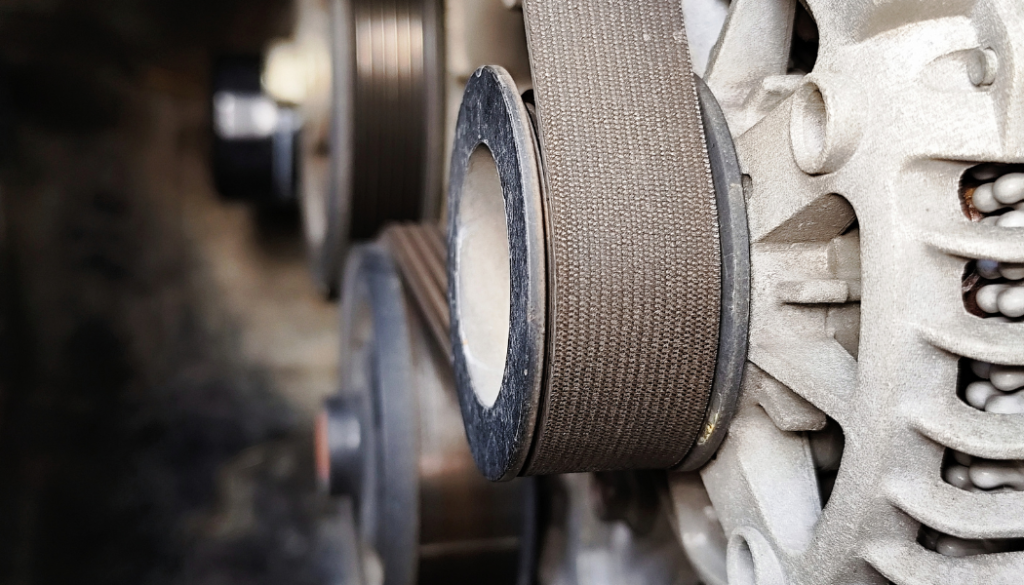A university campus is a city within a city. It’s a bustling, 24/7/365 operation with thousands of residents, its own infrastructure, and a massive, valuable landscape to maintain. For a university’s facilities and groundskeeping department, the campus isn’t just a place; it’s a high-stakes, high-visibility asset that must be kept safe, functional, and beautiful at all times.
This is a unique challenge. You can’t just run a heavy, wheeled backhoe across the pristine quad to fix a sprinkler line; you’ll destroy the turf and crack the historic pathways. You can’t let a snowstorm shut down the campus; that’s a massive loss of revenue and a safety crisis.
From compact track loaders to mini-excavators, these machines are the workhorses of the university. And the invisible, unsung hero of every single one of these machines is its final drive motors. These compact, high-torque hydraulic motors are what connect the engine’s power to the tracks, giving the machine its incredible traction and “light-footprint” agility.
For a facilities manager, a failure in one of these motors isn’t just an inconvenience—it’s an operational catastrophe. A dead snowplow in a blizzard or a stuck excavator in front of the new library is a high-visibility disaster. Understanding where these critical components are used is the first step to building a maintenance plan that prevents that kind of profit-killing downtime.
Here’s a look at the key campus jobs that are completely dependent on final drive motors.
Snow Removal
The Machine: The Compact Track Loader (CTL) with a plow or snowblower attachment
The Campus Challenge: A university cannot have a snow day for a few inches. The dining halls must open, the pathways must be safe for thousands of students, and the parking lots must be clear. This is a 24/7, zero-tolerance job where failure is not an option.
Why the Final Drive is Critical: Wheels spin on ice. Tracks grip. A compact track loader, powered by its two independent, high-torque final drive motors, is the ultimate snow-clearing machine. It has superior traction for pushing heavy, wet snow, and its low ground pressure means it can clear a sensitive sidewalk or plaza without damaging the pavers underneath. When a CTL’s drive motor fails in the middle of a storm, the campus’s #1 safety tool is dead in the water.
New Construction and Landscaping
The Machine: The Mini-Excavator
The Campus Challenge: Universities are in a constant state of growth—a new science wing, a new dorm, or a fiber-optic cable upgrade. But these projects must happen in the middle of a living, breathing campus. You have to perform major surgery without disrupting the 10,000 other people walking to class.
Why the Final Drive is Critical: A mini-excavator is a marvel of “zero-turn” agility. Its final drives allow it to counter-rotate its tracks and spin 360 degrees within its own footprint. This is the only way to get a powerful digging machine into a tight, historic courtyard or between two 100-year-old oak trees to dig a trench. Its tracks also allow it to cross a pristine, grassy quad to get to the job site without leaving two giant, muddy ruts, protecting the campus’s most valuable aesthetic asset.
Irrigation and Utility Trenching
The Machine: The Walk-Behind or Ride-On Trencher
The Campus Challenge: Every athletic field, quad, and flower bed on campus is fed by a complex, underground web of irrigation pipes. These systems constantly need to be repaired, replaced, or expanded.
Why the Final Drive is Critical: A trencher’s job is not about speed; it’s about slow, consistent, high-torque power. The machine’s final drives are what provide this steady “creep speed.” They engage and pull the machine forward with massive, relentless force, allowing the digging chain to cut a perfect, clean trench at a consistent depth. A wheeled machine would spin, lurch, or get stuck, creating a messy, uneven trench.
Athletic Field Maintenance
The Machine: Tracked Aerators, Topdressers, and Turf-Friendly Loaders
The Campus Challenge: The university’s football stadium or soccer pitch is a large financial asset. The turf is pristine. You cannot, under any circumstances, drive a heavy, wheeled vehicle on it—you’d leave ruts that could injure an athlete.
Why the Final Drive is Critical: This is the ultimate “low ground pressure” test. The wide, soft rubber tracks on these specialized machines, powered by their final drive motors, distribute the machine’s weight so evenly that it exerts less ground pressure than a human foot. This is what allows a 3-ton machine to float across the field, aerating the soil or spreading sand, without leaving a single trace or compacting the soil. It’s a job that is physically impossible without this technology.
From the frozen sidewalks of winter to the pristine athletic fields of summer, these tracked machines are the quiet heroes of the university. But every one of them is 100% reliant on its final drive motors. For a facilities manager, a breakdown is not an “if,” but a “when.” Having a plan to get a replacement motor fast is the key to keeping the campus running, the students safe, and the operations flowing smoothly.
